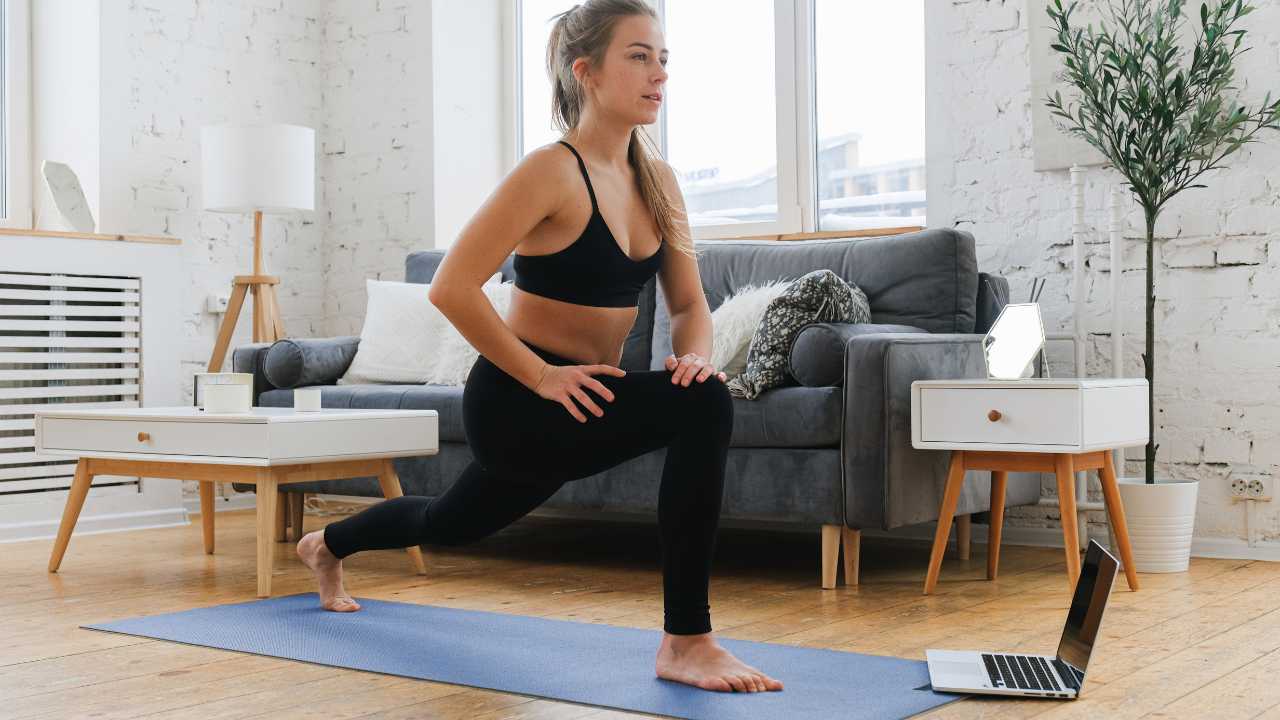Exercises for diabetes patients at home: Diabetes is a chronic condition that, if not managed properly, can lead to serious health complications. If you are a diabetes patient, it’s essential to understand the importance of regular exercise in controlling blood sugar levels. In this article, we will explore simple exercises you can do at home, their benefits, and the proper way to perform them.
Table of Contents
Importance of Exercise for Diabetes
Diabetes primarily has two types:
- Type 1 Diabetes: The body produces little or no insulin.
- Type 2 Diabetes: The body doesn’t use insulin effectively.
Why is Exercise Important for Diabetes Patients?
- Helps control blood sugar levels.
- Aids in weight management and maintaining a healthy BMI.
- Reduces the risk of heart diseases.
- Strengthens muscles and bones.
Simple and Effective Exercises for Diabetes Patients at Home
1. Brisk Walking
Benefits:
- Improves blood circulation.
- Enhances insulin sensitivity.
How to Do It:
- Walk briskly for 20–30 minutes in an open space at home, like your terrace or a hallway.
- Start at a slow pace and gradually increase your speed.
- Aim for at least 5,000–7,000 steps daily.
2. Stretching Exercises
Benefits:
- Improves body flexibility.
- Relieves muscle stiffness.
Types of Stretches:
- Arm and Leg Stretching:
- Stretch your arms above your head.
- Bend down to touch your toes while keeping your legs straight.
- Neck Stretches:
- Slowly rotate your neck from side to side.
- Hold each position for 10–15 seconds.
3. Yoga for Diabetes
Benefits:
- Provides mental relaxation.
- Helps balance hormones.
Recommended Yoga Poses:
- Bhujangasana (Cobra Pose):
- Lie flat on your stomach.
- Push your upper body up using your hands.
- Hold the pose for 10–15 seconds.
- Mandukasana (Frog Pose):
- Sit on your knees.
- Place your hands on your stomach.
- Lean forward gently while keeping your back straight.
4. Light Aerobic Exercises
Benefits:
- Helps burn calories.
- Beneficial for heart health.
How to Do It:
- Follow simple aerobic movements with music at home.
- Keep the intensity light to moderate to stay active without overexerting.
5. Squats and Leg Exercises
Benefits:
- Strengthens muscles.
- Burns calories effectively.
How to Do It:
- Stand upright with feet shoulder-width apart.
- Lower your body into a sitting position and rise back up.
- Start with 10–12 squats and gradually increase the count.
Things to Keep in Mind While Exercising
- Monitor Your Blood Sugar Levels:
- Check your sugar levels before and after exercising.
- Exercise in Moderation:
- Avoid overexertion.
- Ensure your body doesn’t get overly fatigued.
- Avoid Exercising on an Empty Stomach:
- Eat a light snack before starting.
- Wear Comfortable Clothing and Shoes:
- Use proper footwear to avoid foot injuries or blisters.
Benefits of Exercise for Diabetes Patients
| Benefits | Description |
|---|---|
| Blood Sugar Control | Improves insulin sensitivity. |
| Stress Reduction | Reduces anxiety and promotes relaxation. |
| Weight Management | Helps in reducing and maintaining weight. |
| Muscle Strengthening | Keeps muscles active and strong. |
Conclusion
Exercise plays a crucial role in managing diabetes. By incorporating simple, regular workouts into your routine, you can control your blood sugar levels and maintain overall health. However, always consult your doctor before starting any new exercise regimen.
Make exercise a part of your daily life and take a step toward a healthier, happier future!
FAQs ( Exercises for diabetes patients at home )
1 Is Yoga Beneficial for Diabetes?
Yes, yoga not only helps regulate blood sugar levels but also reduces stress and anxiety. Poses like Bhujangasana and Mandukasana are particularly effective.
2 Should I Exercise Every Day?
Yes, exercising for at least 30 minutes daily is highly beneficial for managing diabetes.
3 What Should I Do If My Blood Sugar Drops Too Low?
If your blood sugar levels drop, consume something sweet immediately, like glucose, fruit juice, or candy, and consult your doctor if needed.
4 Can I Do Heavy Weightlifting Exercises?
It’s best to avoid heavy weightlifting. Instead, opt for light strength training under proper guidance.
5 Can I Perform All These Exercises at Home?
Yes, all the exercises mentioned above can be done at home without any special equipment.




